Flavor characteristics of AA washed coffee in Sigri / Paradise Bird Manor, Papua New Guinea
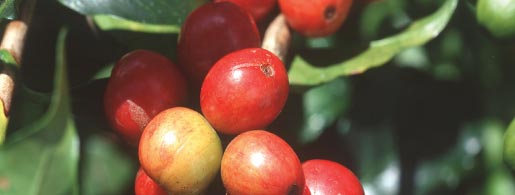
For professional baristas, please follow the coffee workshop (Wechat official account cafe_style)
Product name: Sigri, Papua New Guinea / Bird of Paradise Manor AA washing (Papua New Guinea Waghi Valley Sigri Estate Washed AA)
Flavor features: sour grapefruit, clear and juicy pear taste, slightly lemon peel aroma can be felt when sipping; cheese, tea, dark chocolate are also shown in the middle and back, with a high level of cleanliness and balance.
Country of origin: Papua New Guinea (Papua New Guinea)
Production area: the Goroka Highland in the western region near the Wahgi Valley Valley of the Mt Hagen Mountains
Manor: Sigley / Bird of Paradise (Sigri Estate)
Varieties: Arusha, Blue Mountain, Catimor, Caturra, Mundo Novo, Typica
Grade: AA grade for washing treatment
Altitude: 1600 m
Treatment method: traditional washing treatment
Harvest time: April to September
Introduction:
The parent company of Sigri Estate is WR CARPENTER COMPANY-PNG (Carpenter), which has about 1000 hectares of Arabica coffee growing area in Papua New Guinea. Carpenters account for 80% of the country's tea and coffee bean exports, making it the largest coffee producer and exporter, exporting about 1.6 million kg of high-quality washed Arabica beans per year. CARPENTERE Coffee Park is located in Goroka in the Western Highlands Province. The highland is close to the Mt Hagen Mountains, and the Wahgi Valley Valley is about 1600 meters above sea level. Tibica seedlings from the Blue Mountain region of Jamaica have been planted across the ocean since 1957. They are located in the best coffee growing belt to provide good climate and soil for these seedlings, as well as unique conditions for excellent coffee production quality.

Sigri Estate the company manages and operates two different estates with two well-known brands in the market, "Sigri" and "Bunume Wo". With six major planting parks and two advanced coffee processing plants, CARPENTER provides a sound working environment and professional consultation, and complete professional guidance and acquisition programs make farmers more willing to take care of planting. Natural organic planting, do not use any chemical fertilizer cultivation, manual harvest and screening of ripe fruit, harvest on the same day treatment, with natural pure spring water washing fermentation, natural sun drying, adjust the best dryness and flavor! After shelling, carefully classify, and strive for the best export quality!
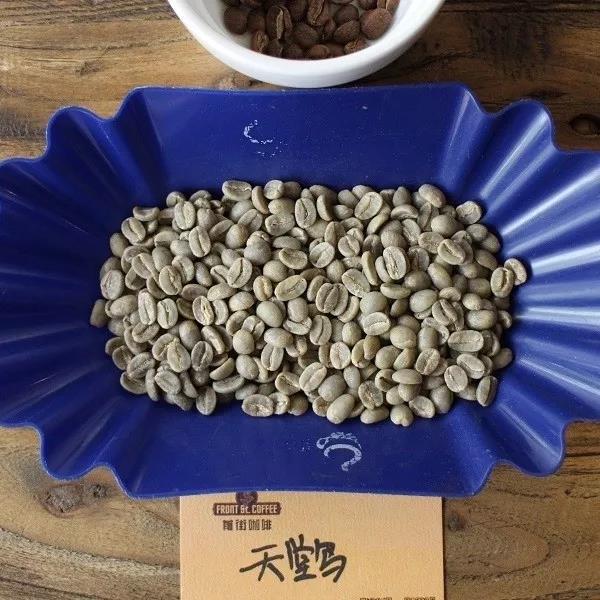
The bean shape is large, complete and green, the aroma saturation is high after baking, the dry aroma shows a unique fruit sweet smell, and immediately after the entrance, the sweetness is excellent, with a unique chocolate bitter sweet flavor! The rich sweet taste is one of its major features.
Flavor features: sour grapefruit, clear and juicy pear taste, slightly lemon peel aroma can be felt when sipping; cheese, tea, dark chocolate are also shown in the middle and back, with a high level of cleanliness and balance.
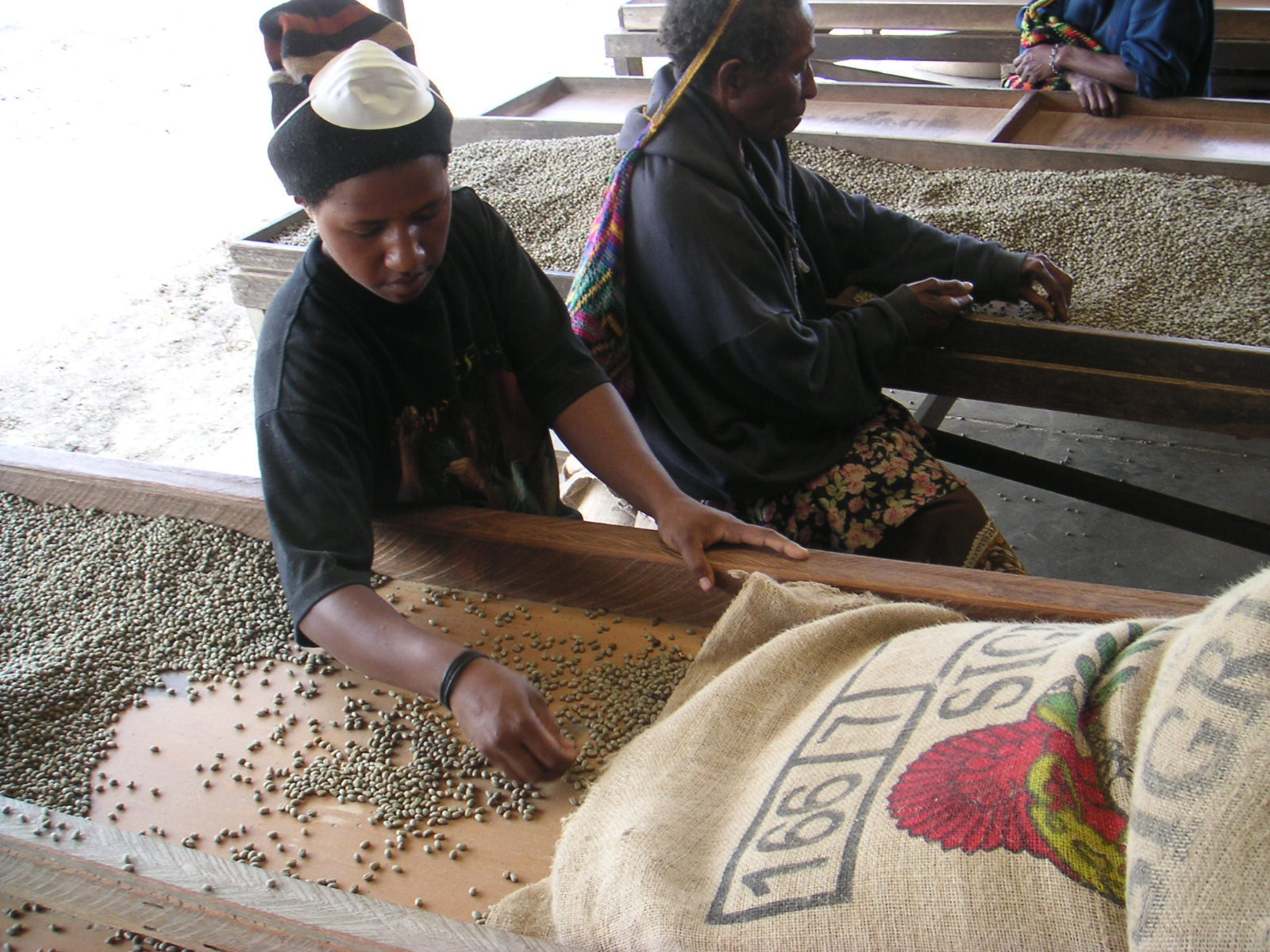
Papua New Guinea coffee was first introduced by Dutch sailors in the Rigo Rico region in the late 18th century. In 1908, Papua New Guinea had 180 acres of land to grow coffee, and by 1970 Papua New Guinea could produce 460000 bags of coffee. Until today, the annual output of coffee in Papua New Guinea has reached 90 to 1.2 million bags. Papua New Guinea is mainly divided into four provinces, including the eastern Highlands, Momase, New Guinea Islands and Southern. Located in the east of the Indonesian archipelago, Papua New Guinea is mainly highland and has a model of large manors / farms and small farmers, growing a variety of coffee varieties. The coffee flavor of Papua New Guinea is very different from that of other Asian regions such as Indonesia, South Asia, India or the Pacific Islands. compared with Indonesian beans (Sumatra, Sulawesi) that are mostly semi-washed (wet stripped), washed Papua New Guinea coffee always has brighter and more acidity, similar to the flavor of Central American coffee.
Suggestion on coffee baking in Qianjie
Iron card is a kind of raw bean with low density, so it is not suitable for deep baking, with refreshing sour taste and fruit aroma. Qianjie coffee will choose moderate baking and will focus on the firepower adjustment after the first burst. First, determine the condition basis of raw beans, and then determine the baking method. First, it is a 17-year-old bean with low density and 10% water content. Set the input temperature according to the existing raw bean status.
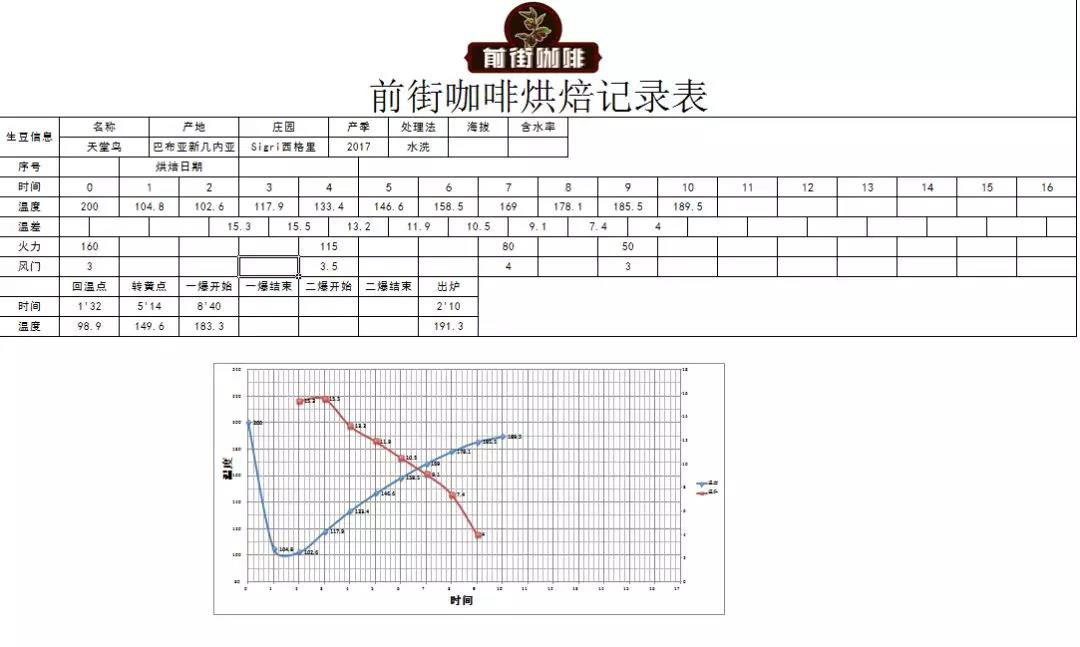
Yangjia 800N, raw beans 550g, Qianjie coffee specific operation:
Put the furnace temperature to 200 degrees Celsius, set the throttle to stew for 1 minute, adjust the firepower to 160 degrees, keep the throttle unchanged, adjust the firepower to 160 degrees, drop to 115 degrees, bake to 5: 35 ", the temperature is 152 degrees, the bean table turns yellow, the smell of grass disappears completely, dehydration is completed, throttle tune 4.
In the 9th minute, ugly Hu wrinkles and black markings appear on the bean table, and the smell of toast obviously changes to the smell of coffee, which can be defined as a prelude to an explosion. at this time, listen clearly to the sound of an explosion point, to 8: 40 "start an explosion, small firepower remains the same, the throttle is fully open 5 (the firepower should be very careful, not so small as to be free of cracking sound) 40 degrees, 191.3 degrees when the pot.
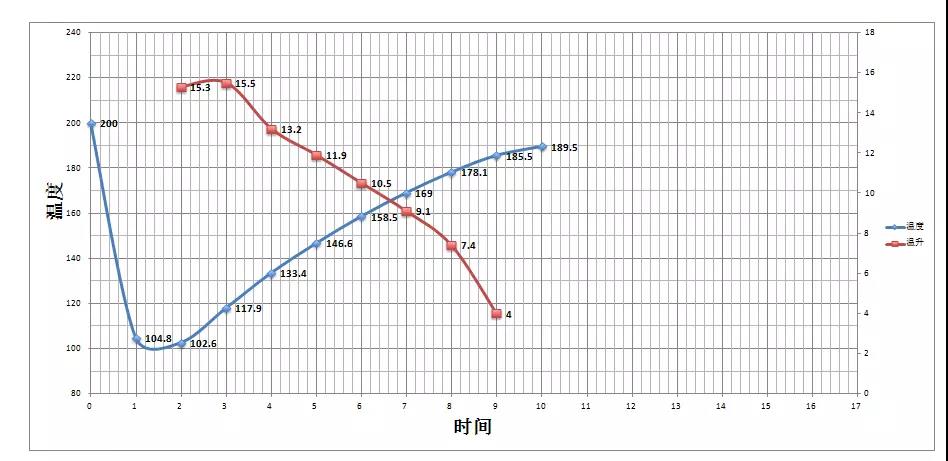
Qianjie coffee is recommended for brewing.
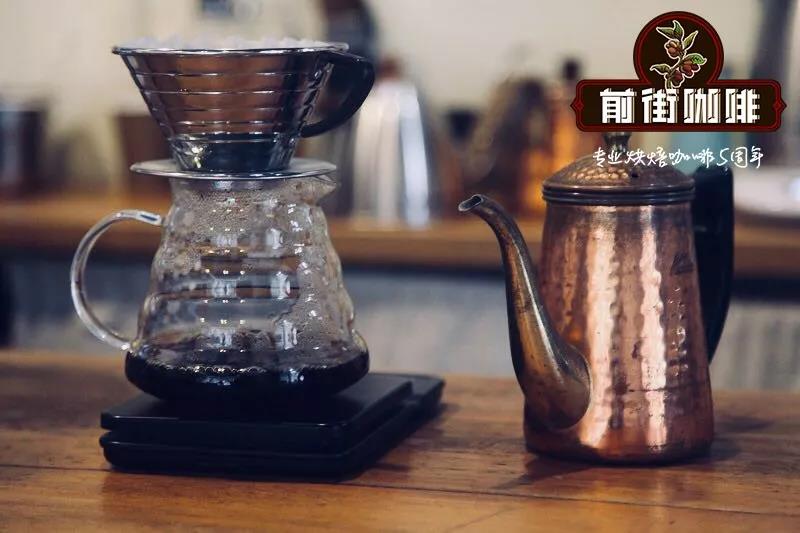
Recommended cooking method: hand flushing
Degree of grinding: 4 (Fuji R440)
Water temperature: 88-89 °C
Filter cup: V60
Time: about two minutes
Other extraction suggestions:
Normal pressure, recommended grinding degree of 3.5-4 / water temperature 88 °C
Philharmonic pressure, recommended 4 grinding degrees, water temperature 88-89 °C
Siphon: 4.5 degree of grinding, water temperature 89 °C

Important Notice :
前街咖啡 FrontStreet Coffee has moved to new addredd:
FrontStreet Coffee Address: 315,Donghua East Road,GuangZhou
Tel:020 38364473
- Prev
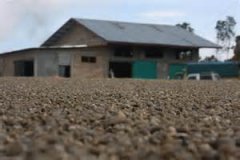
Mantenin-Blue Lake Batak, the highest grade coffee in Lindong, Sumatra, Indonesia, selected by hand for three times.
For the exchange of professional baristas, please follow the coffee workshop (Wechat official account cafe_style) products: cup test 95 points Blue Lake Batak, Lindong Province, Sumatra, Indonesia (Indonesia Sumatra Lintong Horas Tano Batak Batak TP) production area: Lake Toba (Toba Lake) region, Sumatra varieties: Tibika, Katimo producer: Toto
- Next
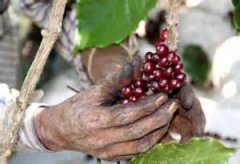
India Masojin Brick Coffee Mysore Nuggets Extra Bold- Cup Test 90% Fine Coffee
For the exchange of professional baristas, please follow the coffee workshop (Wechat official account cafe_style) Product name: India Meso Gold Brick Cup Test 90 points (India Mysore Nuggets Extra Bold) country: India (India) production area: Karnataka (Karnataka State) Chiko Maigaru (Chikmagalur) producer: Chikmagalur local smallholder varieties:
Related
- Detailed explanation of Jadeite planting Land in Panamanian Jadeite Manor introduction to the grading system of Jadeite competitive bidding, Red bid, Green bid and Rose Summer
- Story of Coffee planting in Brenka region of Costa Rica Stonehenge Manor anaerobic heavy honey treatment of flavor mouth
- What's on the barrel of Blue Mountain Coffee beans?
- Can American coffee also pull flowers? How to use hot American style to pull out a good-looking pattern?
- Can you make a cold extract with coffee beans? What is the right proportion for cold-extracted coffee formula?
- Indonesian PWN Gold Mandrine Coffee Origin Features Flavor How to Chong? Mandolin coffee is American.
- A brief introduction to the flavor characteristics of Brazilian yellow bourbon coffee beans
- What is the effect of different water quality on the flavor of cold-extracted coffee? What kind of water is best for brewing coffee?
- Why do you think of Rose Summer whenever you mention Panamanian coffee?
- Introduction to the characteristics of authentic blue mountain coffee bean producing areas? What is the CIB Coffee Authority in Jamaica?

